Imagine wandering through the wilderness, where every shadow hides a story—and sometimes, a lethal secret. Nature doesn’t play fair. Out there, survival often means being clever, quick, or quite literally, dangerous. Some animals have evolved jaw-dropping chemical weapons to defend themselves or catch dinner. Poison and venom—they sound similar, but they’re not the same. Poison is typically passive, working when touched or eaten. Venom is more aggressive, injected with fangs, stingers, or spines. Both are nature’s ultimate trump cards. Let’s take a wild journey through the animal kingdom and meet fifteen creatures that rely on these toxic talents to make it in a world where only the toughest survive.
15. Deathstalker Scorpion

The Deathstalker scorpion is not your average creepy-crawly. Found across North Africa and the Middle East, it wields a venom so potent that even a tiny sting can send a grown adult to the hospital. Its venom is a cocktail of neurotoxins that can cause intense pain, fever, and even convulsions. Despite its fearsome reputation, this scorpion uses its venom mainly to subdue prey like insects and small lizards. It prefers to avoid humans, but accidents happen when people unknowingly step on or disturb it. These scorpions are masters of survival, blending into their sandy surroundings and only striking when threatened or hungry. Their venom even holds promise for medicine, as scientists study its compounds for cancer and diabetes treatments.
14. Blue-Ringed Octopus

The Blue-ringed octopus looks almost magical, with glowing blue patterns flashing across its tiny body. But don’t be fooled by its beauty—this little creature packs a punch. Living in tide pools and coral reefs around Australia and Japan, it carries venom called tetrodotoxin. Just one bite can paralyze or even kill a human. The octopus uses this venom mainly to hunt crabs and shrimp, immobilizing them before eating. When threatened, it flashes its blue rings as a warning. If that doesn’t work, a quick nip does the trick. There’s no known antidote, making this animal as mysterious as it is deadly.
13. Poison Dart Frog

Brilliantly colored and no bigger than a paperclip, the poison dart frog is one of the most iconic poisonous animals on Earth. Found in Central and South American rainforests, their skin secretes batrachotoxin—a chemical so powerful it can stop a predator’s heart. Indigenous people once used these toxins to tip their blowgun darts, hence the name. Interestingly, these frogs aren’t born poisonous. They get their toxins from the insects they eat in the wild. Raised in captivity without those bugs, they lose their chemical edge. Their stunning hues are like flashing neon signs, warning “Don’t even think about it!”
12. Inland Taipan

Nicknamed the “fierce snake,” the Inland Taipan is the world’s most venomous snake. Native to Australia’s arid regions, a single bite contains enough venom to kill dozens of people. The toxin attacks the victim’s nervous system and blood, acting frighteningly fast. Despite its lethal potential, this snake is shy and rarely seen by humans. It uses its venom to quickly immobilize small mammals, ensuring a meal without a long struggle. The Inland Taipan is a perfect example of efficiency in nature—deadly, but only when it needs to be.
11. Box Jellyfish

Drifting through the warm waters of the Indo-Pacific, the box jellyfish is almost invisible—until it’s too late. Its tentacles are lined with thousands of stinging cells that inject venom on contact. This venom can stop a human heart in minutes, making it one of the most dangerous marine creatures. The jellyfish uses its venom to instantly paralyze fish and shrimp, preventing them from escaping. Swimmers rarely see them coming, and stings can be excruciatingly painful. Despite their deadly nature, box jellyfish are just trying to survive in a world where everyone’s either predator or prey.
10. Cone Snail

The cone snail might look like a pretty shell, but its beauty hides a deadly secret. Found in tropical oceans, it hunts small fish and worms using a harpoon-like tooth loaded with venom. The venom causes paralysis, giving the snail an easy meal. Some species are strong enough to kill humans, with no effective antivenom available. When hunting, the cone snail waits patiently, then strikes with lightning speed. Its venom contains a mix of toxins so complex that scientists are still unraveling their secrets—some are even being studied for use in painkillers.
9. Stonefish

If there’s an animal that truly defines “look but don’t touch,” it’s the stonefish. Perfectly camouflaged among rocks and sand, this fish lies in wait for unsuspecting prey—and unlucky swimmers. Its dorsal spines inject a venom so painful that victims describe it as “absolute agony.” In severe cases, the venom can be fatal if not treated quickly. The stonefish doesn’t use its venom to hunt, but as a defense against predators. Its ability to blend in and deliver such a powerful sting makes it a master of both stealth and self-protection.
8. Brazilian Wandering Spider

The Brazilian wandering spider is as terrifying as it sounds. Roaming the forests and urban areas of South America, it doesn’t spin webs but actively hunts at night. Its venom is a potent neurotoxin that can cause paralysis, intense pain, and in rare cases, death. The spider uses its venom to subdue insects and small vertebrates, striking quickly and efficiently. What’s even more unnerving is that these spiders sometimes take refuge in banana shipments, earning them the nickname “banana spider.” For those with arachnophobia, this is the stuff of nightmares.
7. Pufferfish

Pufferfish are the ultimate paradox—adorable yet deadly. When threatened, they inflate like a spiky balloon, but it’s what’s inside that’s truly dangerous. Their organs contain tetrodotoxin, a poison 1,200 times more lethal than cyanide. In Japan, chefs train for years to safely prepare “fugu,” a dish made from pufferfish. One wrong cut can prove fatal. In the wild, pufferfish use their toxin to deter predators, making them a risky target. Despite their clumsy appearance, these fish remind us that in nature, even the cutest creatures can be killers.
6. Gila Monster
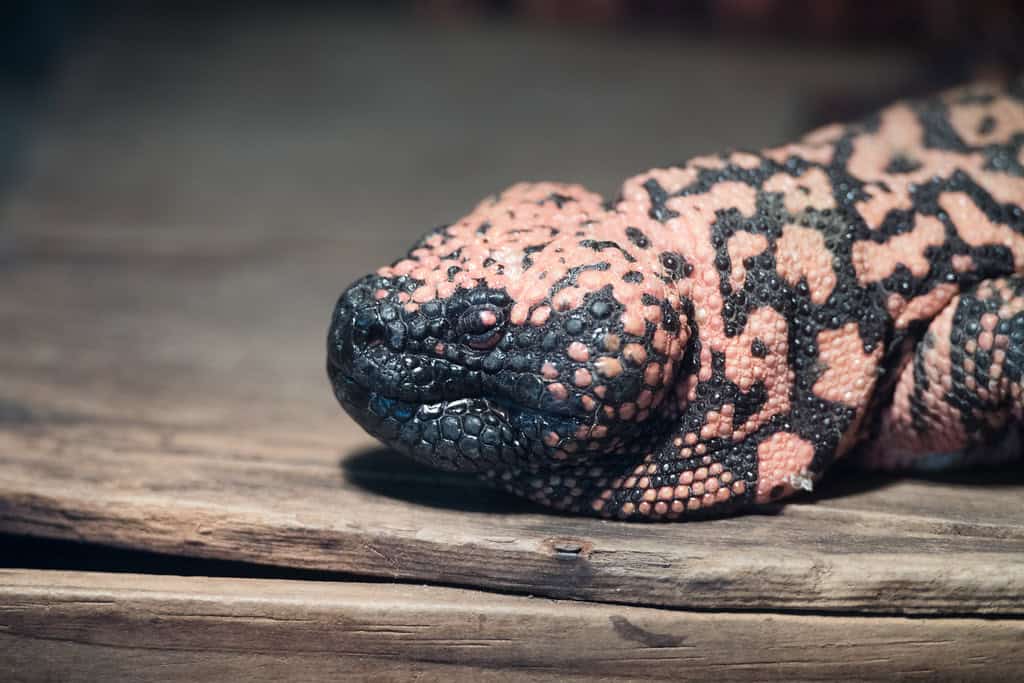
The Gila monster is North America’s only venomous lizard, and it doesn’t rush. With a slow, lumbering gait, it relies on its venom to take down prey like small mammals, birds, and eggs. Its bite isn’t fatal to humans, but it’s incredibly painful, causing swelling and nausea. The Gila monster delivers venom by chewing rather than injecting, making its attacks a drawn-out ordeal. Despite their fearsome reputation, these lizards are quite shy, and bites are rare. Interestingly, compounds in their venom have inspired new treatments for diabetes, showing that even the dangerous can be beneficial.
5. King Cobra
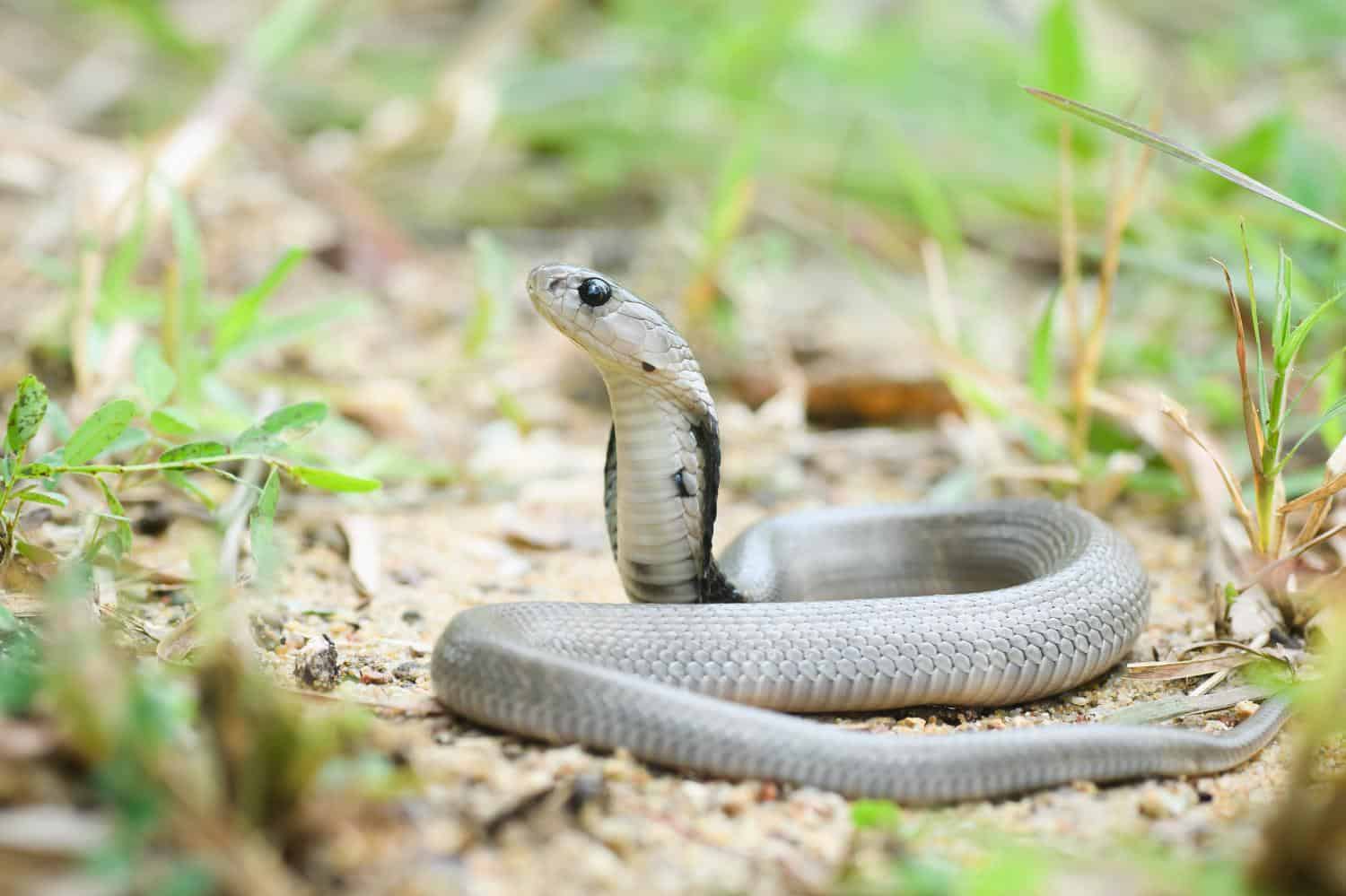
The king cobra is the world’s longest venomous snake. Found across South and Southeast Asia, it can reach lengths of up to 18 feet. Its venom attacks the nervous system, quickly incapacitating prey like rodents and other snakes. When threatened, it lifts the front part of its body and spreads its hood—a display that’s as intimidating as it gets. The king cobra’s hiss is so deep it sounds almost like a growl. While bites to humans can be deadly, these snakes generally avoid contact, using their venom primarily for hunting. They’re both feared and revered, often appearing in local legends.
4. Slow Loris

The slow loris might look like a cuddly toy, but it’s one of the few venomous mammals. Native to Southeast Asia, it secretes a toxin from glands near its elbows. When threatened, it licks this toxin onto its teeth and delivers a venomous bite. The toxin can cause pain, swelling, and even allergic reactions in humans. The slow loris uses its venom mainly to deter predators and compete with other lorises. Their big, soulful eyes might melt your heart, but don’t be fooled—getting too close could be a painful mistake.
3. Platypus
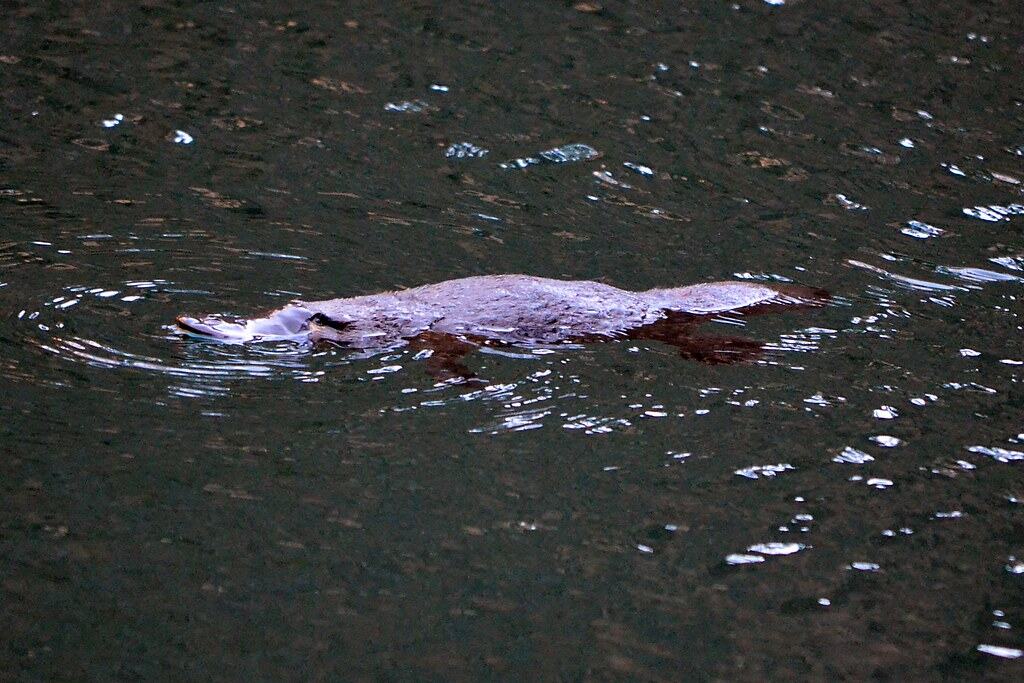
The platypus is already one of nature’s oddest creatures, and it has yet another surprise—venom. Male platypuses have spurs on their hind legs that deliver a painful venom during the breeding season. While not deadly to humans, the sting can cause swelling and excruciating pain that may last for weeks. The venom is likely used to compete with rivals rather than for hunting. Platypuses are living proof that sometimes, nature just has fun mixing up the rulebook.
2. European Fire Salamander
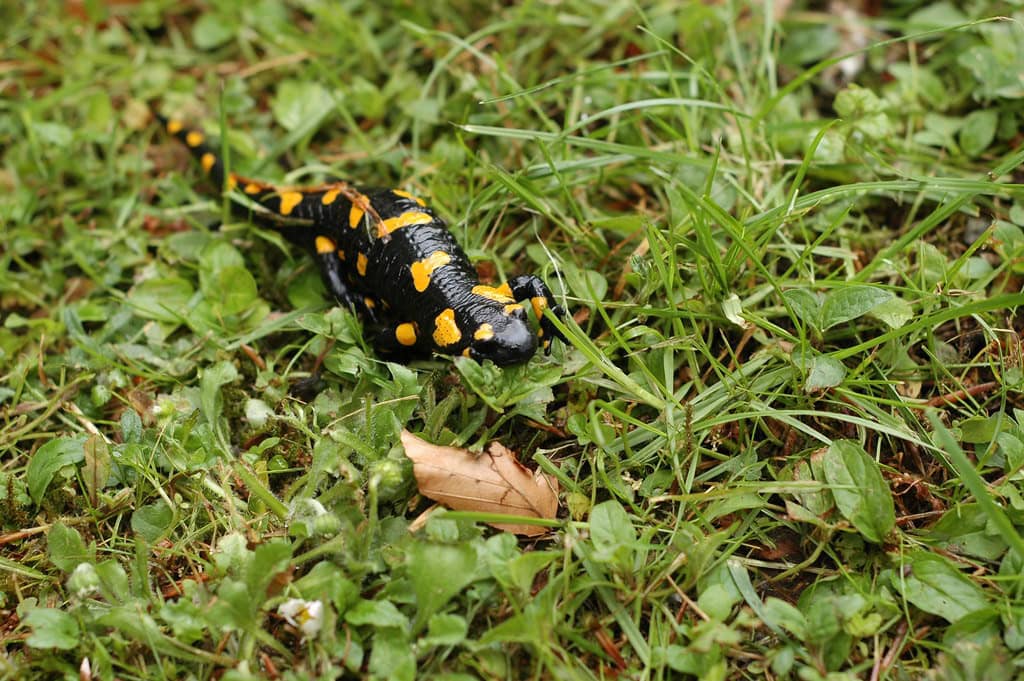
The European fire salamander is striking with its black-and-yellow coloration, a clear warning to would-be predators. When threatened, it secretes a potent neurotoxin called samandarin from its skin. This toxin can cause muscle convulsions, hypertension, and, in high doses, death. The salamander doesn’t use the toxin for hunting but for self-defense. Its bright colors and toxic skin make it a classic example of “aposematism,” where appearance advertises danger. Even birds and mammals tend to steer clear of this tiny but toxic amphibian.
1. Hooded Pitohui
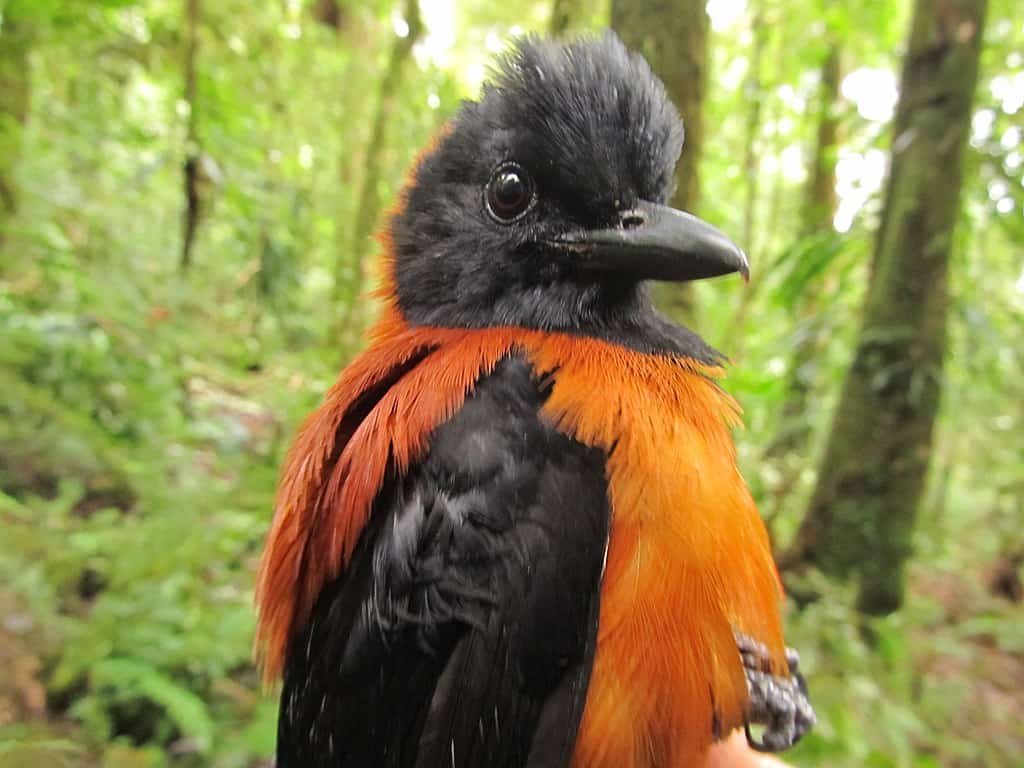
The hooded pitohui is a bird with a secret weapon. Native to Papua New Guinea, its skin and feathers contain batrachotoxin, the same deadly substance found in poison dart frogs. This toxin likely comes from the insects the bird eats. Predators that try to eat the pitohui experience numbness and tingling, quickly learning to avoid it. The bird’s bright orange and black plumage acts as a warning sign. It’s one of the few known poisonous birds, proving that danger in the animal kingdom can come in all shapes and sizes.
Conclusion
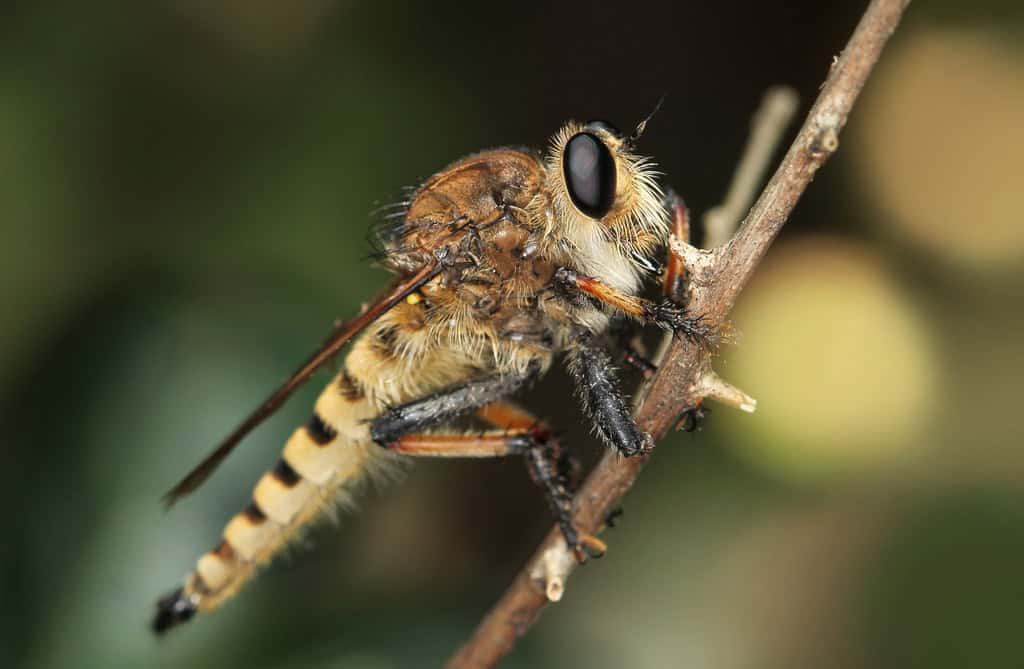
The animal kingdom’s most toxic creatures remind us that survival is often a matter of chemistry and cunning. From tiny frogs to lurking jellyfish, these animals have evolved incredible ways to defend themselves or catch their next meal. Some dazzle us with beauty, others with brute force, but all show that nature’s ingenuity knows no limits. Next time you’re marveling at wildlife, remember—sometimes it’s the smallest or most unsuspecting creatures that pack the greatest punch. Did you expect these animals to be so deadly?
- 11 Dog Breeds That Rarely Bark - August 22, 2025
- 13 Wild Animals That Only Come Out at Night - August 22, 2025
- 15 Strangest Animal Feeding Habits - August 22, 2025

